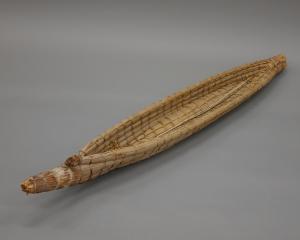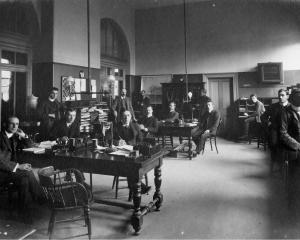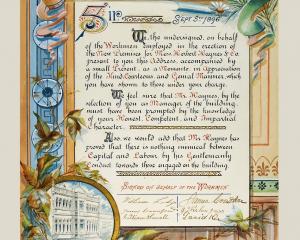

In the process of developing the new permanent exhibition in the Waitaki Museum one of the stories that stood out as having that unusual absurd quality was the story of a young Japanese man who visited Waitaki in the 1930s. Mr Ozawa was an early, and relatively intrepid, expert in the art of chicken sexing.
This was a skill that had been developed in Japan in the early 20th century to reduce the economic burden on poultry farmers. Prior to this, farmers would have to wait up to 100 days to identify the sex of the chicken — a long time to find out many would never lay an egg. The Shizuoka Association of chicken sexing developed a training programme involving inspection of the chick’s cloaca to determine its sex within a couple of days of birth, dramatically reducing costs for farmers.
The skill was in high demand and experts were sent to all corners of the globe to demonstrate and teach this useful skill.
However, it is not an easy thing, so by 1936 there was a grand total of four certified New Zealand chicken sexers. They were granted a certificate if they could sex 100 chickens in 20 minutes or less and not kill more than one and injure more than three. This was far below the exacting standards of Japanese sexers who could do two or three times as many with accuracy rates topping 98%.
It seems far less absurd a story now, after explaining and exploring the process of cause and effect that led to a young Japanese man being shipped to Waitaki in the 1930s to identify the sex of chickens.
Mr Ozawa is known to us through a kimono he gifted a local family in thanks for their hospitality during his stay. It will be on display in the Waitaki Museum following its redevelopment.
Henry Buckenham is curator at Waitaki Museum, Oamaru.












